Model Course
「萩」で有名な寺をめぐる
<見頃:9月上旬~10月上旬>万葉の人々も歌に詠み愛した、可愛い花を咲かせる萩です。
| Areas |
|---|
Model Course
Shinyakushi-ji Temple
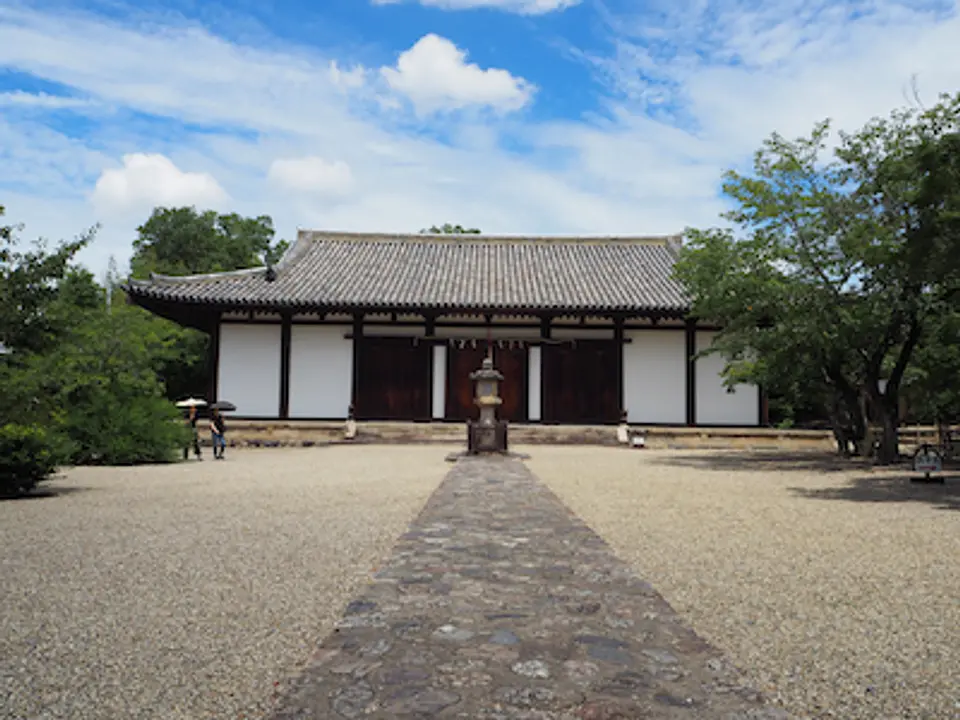
Shinyakushi-ji Temple
Empress Kōmyō built this temple in 747 as an invocation for her husband, the Emperor Shōmu, to recover from his illness. It used to be a historic temple with a complete seven-structured temple complex, but presently, only the main building or hondō (National Treasure) remains. The east gate, south gate, bell tower, and Jizō hall were all built in the 12th century and designated as Important Cultural Properties. The oldest and biggest statues of the Twelve Heavenly Generals in Japan are housed in the main hall as if to protect the statue of Yakushi Nyorai, or Bhaisajyaguru buddha.
Byakugo-ji Temple
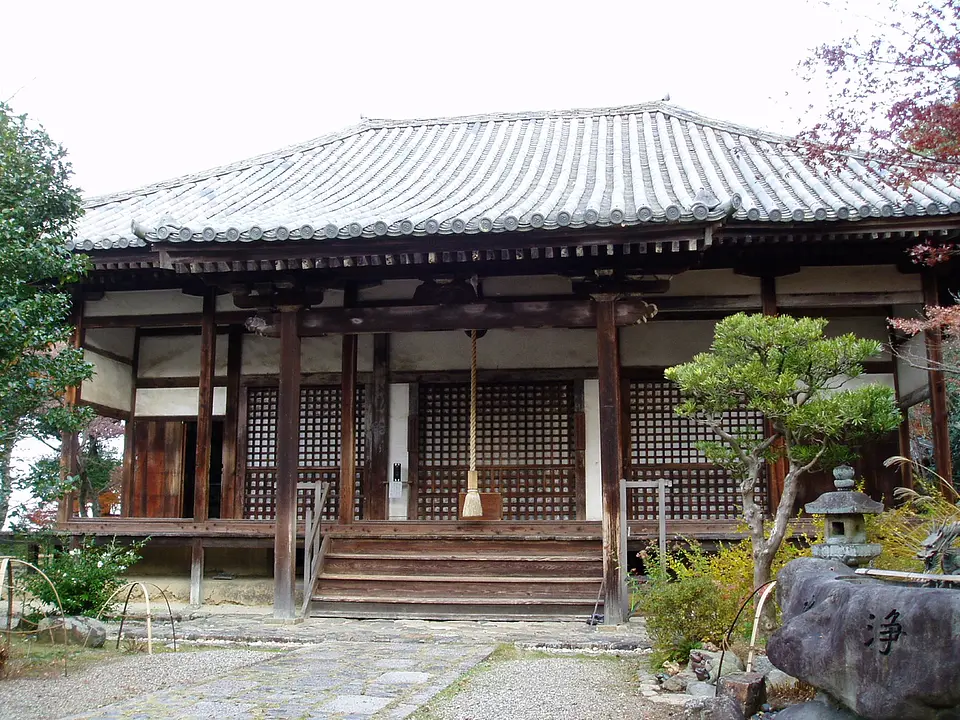
Byakugo-ji Temple
Located on a hill at the western foot of Mt. Takamadoyama, the temple grounds overlook the city of Nara. There are various theories about its origin, with one saying that it was built on the site of the mountain villa of Prince Shiki, a son of Emperor Tenchi. It is said that it was rebuilt during the Kamakura period by Kosho Bodhisattva Eison, who restored many temples. After Dosho, a disciple of Eison, brought back a copy of the Sung version of the Issai-kyo from China, it was also called ``Issai-kyo Temple,'' and its principal statues include Buddha statues that are important cultural properties, such as the seated statue of Amida Tathagata and the seated statue of King Enma. Eight of them are kept in the treasure house. There is an old Goshiki camellia tree, a prefectural natural monument, on the grounds, and it is famous as one of Nara's three famous camellias. In addition, in autumn, the stone steps leading to the shrine are decorated with beautiful clover flowers. (Photo provided by Byakugoji Temple)
Gango-ji Temple
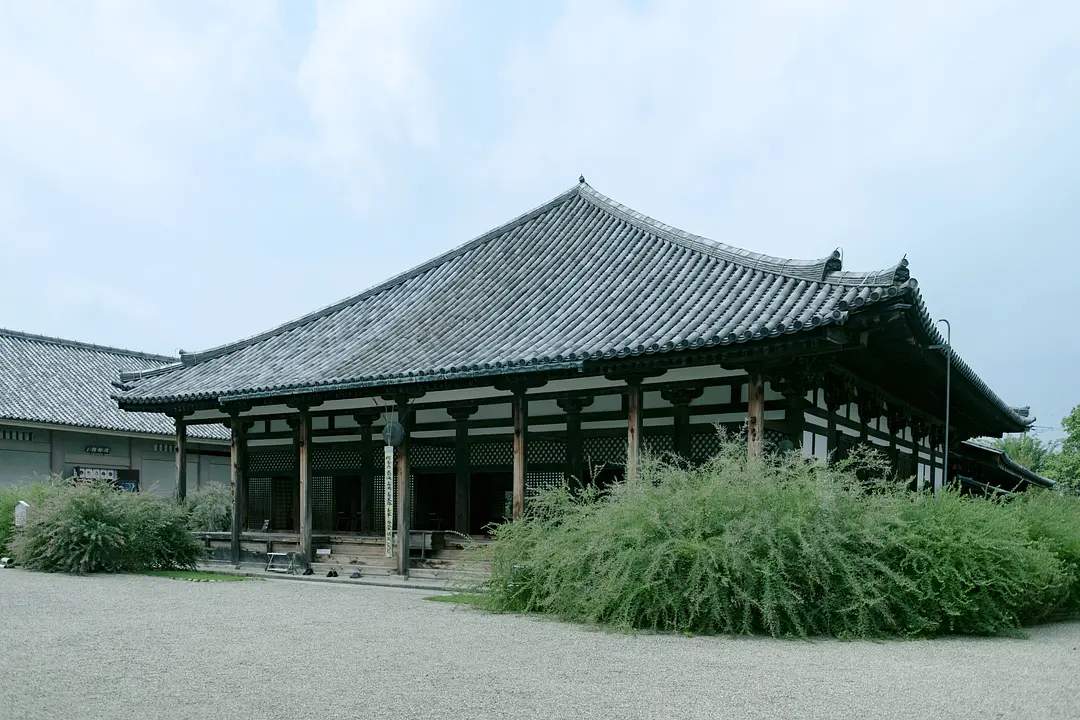
Gango-ji Temple
This edifice used to be a part of the priests' living quarters of the Gango-ji Temple, and was reconstructed as its main hall (National Treasure) and Zen hall (National Treasure) in the Kamakura period (1192-1333). The temple has attracted commoners since the Middle Ages. Numerous stone Buddhas and folk materials were discovered in the precincts. Thanks to the grand repair from the 25th to 29th year of Showa (1950-1954), we can enjoy appreciating the temple structures at the time of the Kamakura period's reconstruction. In the storehouse are a small wooden five-storied pagoda (National Treasure), a wooden sitting statue of Amida Buddha, Chiko Mandala, an abundance of articles on folk belief, and so on. (10 minutes' walk from Kintetsu Nara Station)
Enjo-ji Temple
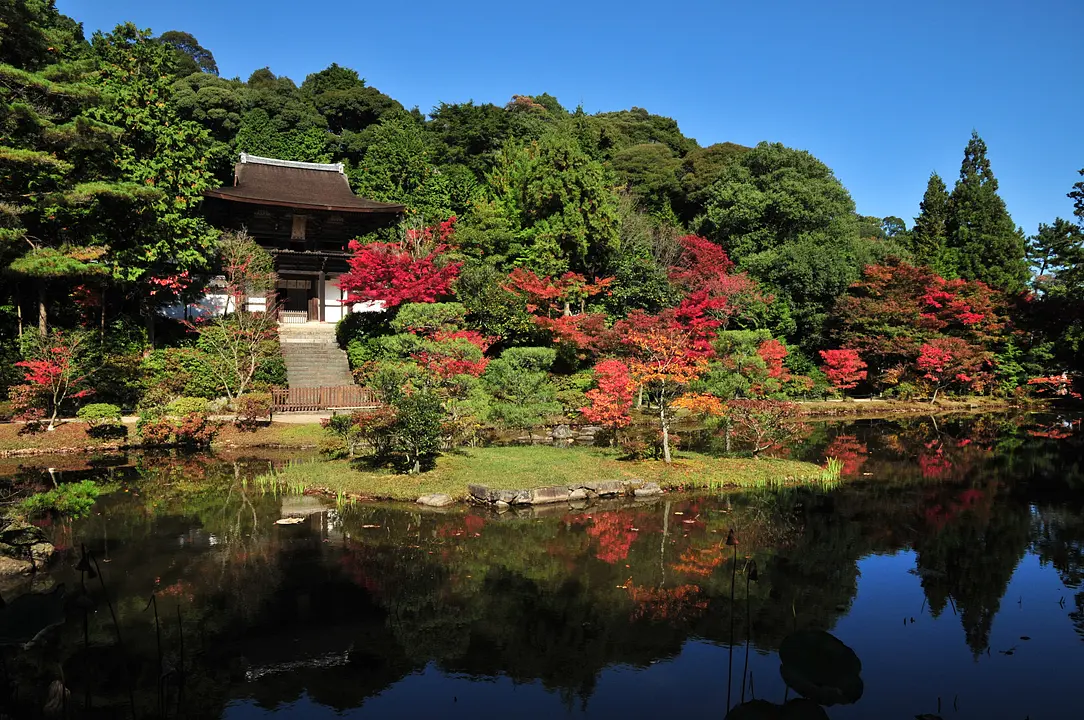
Enjo-ji Temple
It is one of the most famous temples on the Yagyu Kaido Road, and the main hall is Muromachi architecture in the Amida-do style of the Fujiwara period. The statue of Dainichi Nyorai (a national treasure) inscribed by the great Buddha sculptor Unkei in his youth is enshrined in the Sooden. In addition, Chinju Kasuga-do and Hakusan-do (national treasures) are the oldest Kasuga-zukuri shrines in Japan. Enjoji Garden (scenic spot) is a famous Jodo-style boating garden from the Fujiwara period.
Shohaku Art Museum
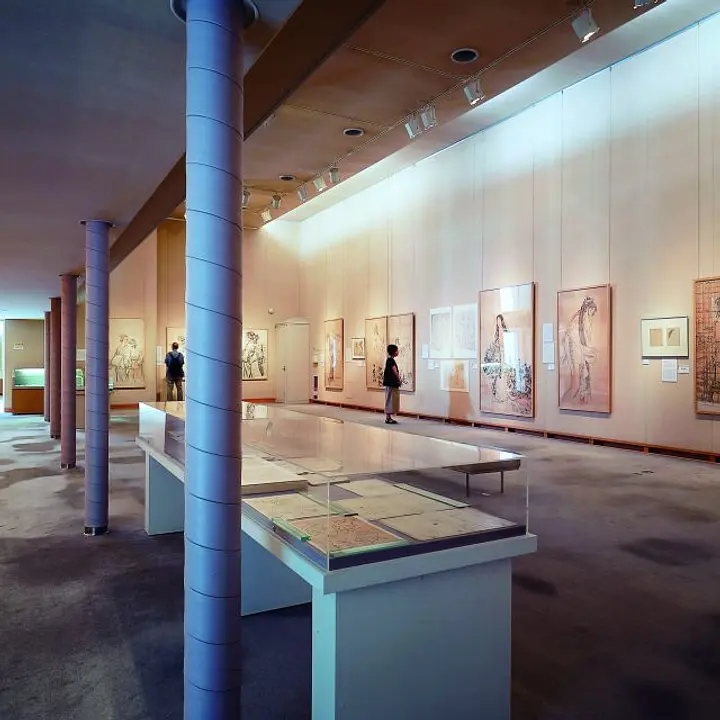
Shohaku Art Museum
It was opened in 1994 with donations of works from painters Shogo Uemura and Junyuki Uemura, and funds from Kinki Nippon Railway (at the time). The museum collects and stores art materials such as works, drafts, and sketches from three generations: Shoen Uemura, Shoko, and Junyuki, and is open to the public.
Imanishi Shoin
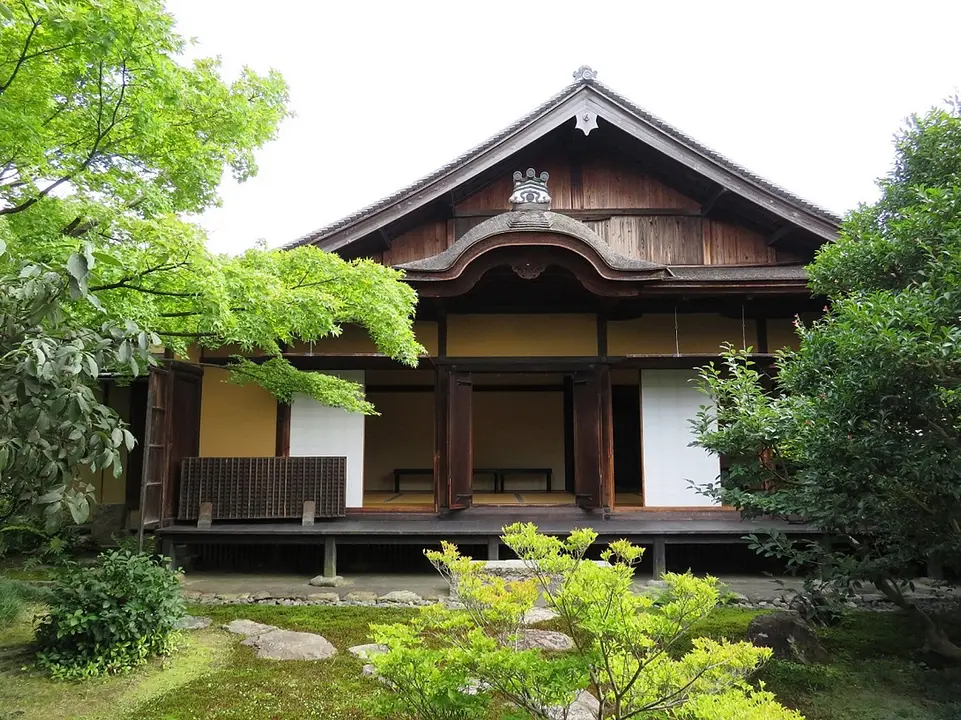
Imanishi Shoin
The Imanishi Shoin is a shoin-zukuri style building that best conveys the style of the Muromachi period. It is also a valuable relic in the history of architecture, and you can enjoy matcha tea while looking out at the well-maintained garden.